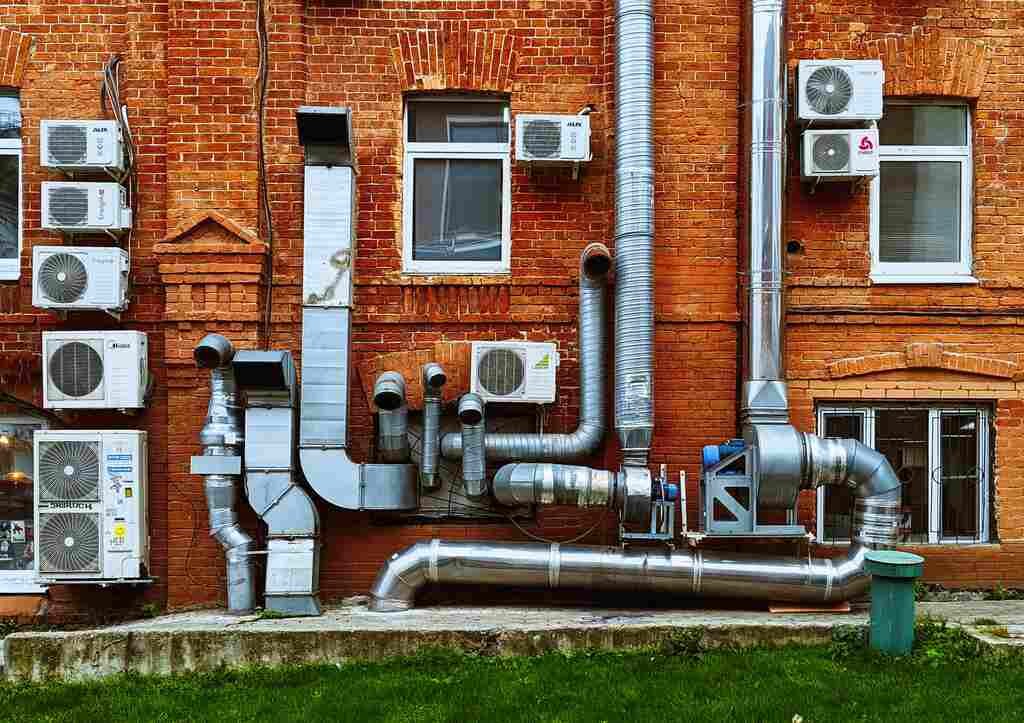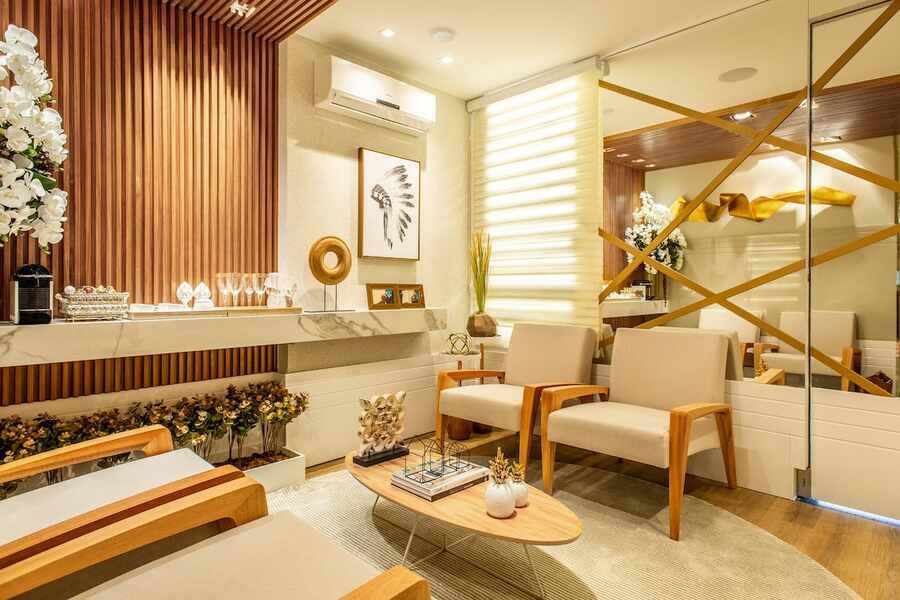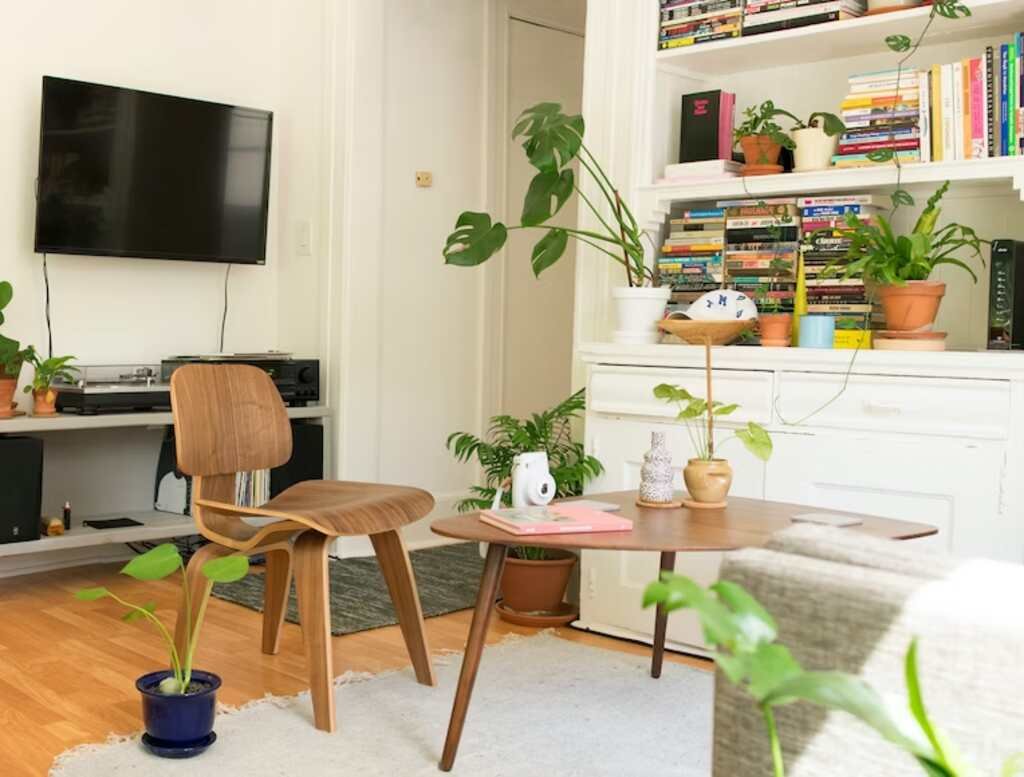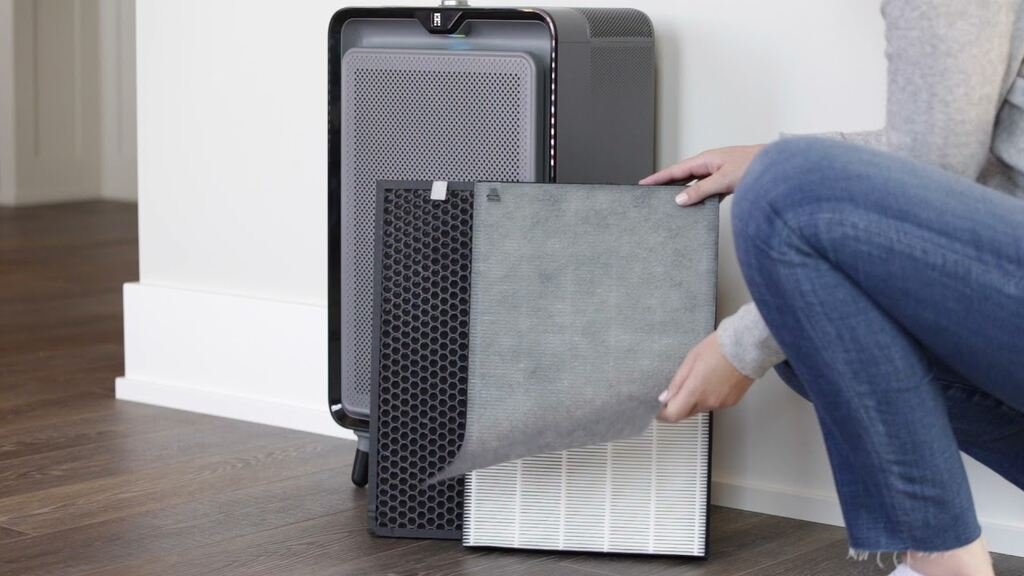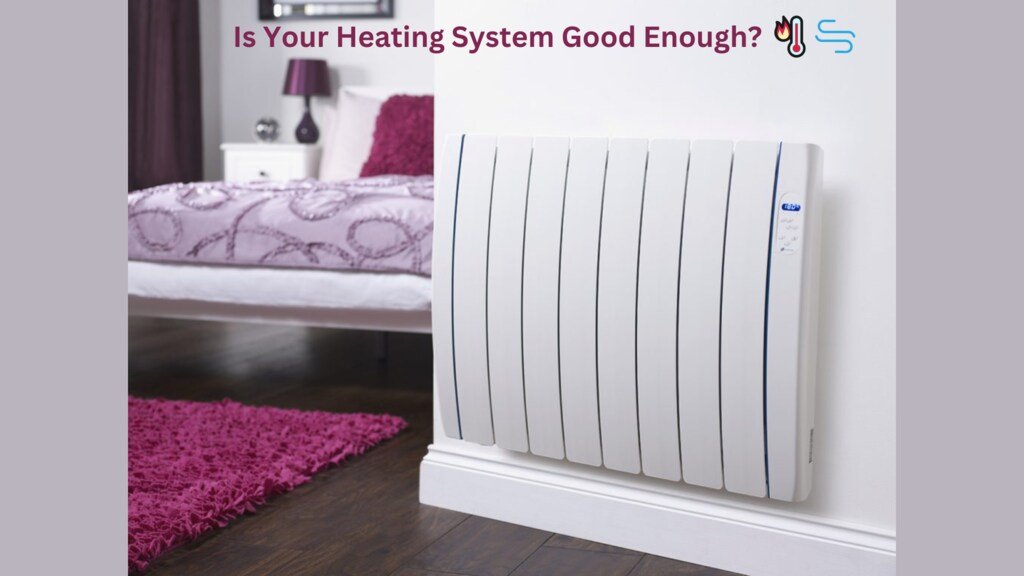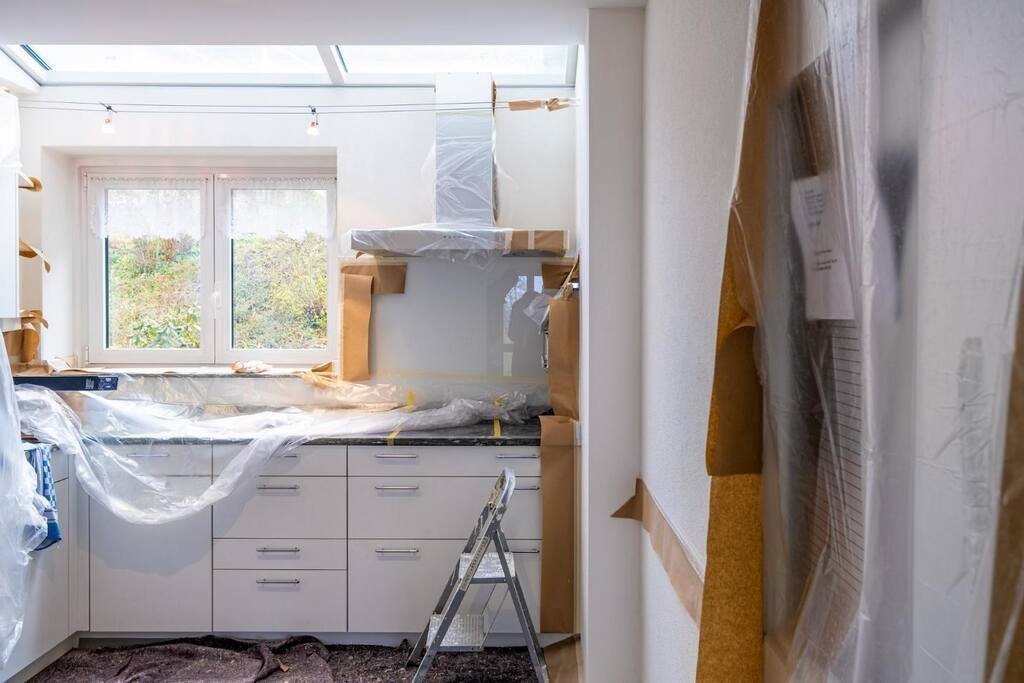Installing air vents is a big part of building or renovating a home. You want to install the air vents in the best possible location for both efficiency and style. To do this, there are a few things you’ll want to consider when installing air vents, as these will help you pick the best place to install each vent.
Optimal Placement for Return Vents
The first thing to look for is the optimal place to install your return vents. When installing air vents, you have two primary options. One option is to install a return vent in each room that has a supply vent, while the other option is to install return vents in a central location on each floor. The better option is to install a return vent in each room, as this makes it easier to achieve neutral pressure in your home. However, installing this many vents isn’t always feasible, which is why some homeowners opt for fewer vents but in a central location.
The other thing to think about is where to place the return vents in the room. Since heat rises, it often makes sense to install the return vents higher up on the walls. This allows them to pull in more heat and more efficiently regulate the temperature of the room. However, it’s not always possible to install return vents higher up on the walls, in which case you can install them near the floor.
Furniture Placement for Supply Vents
The other type of vent is a supply vent. In the best-case scenario, the return vents go toward the ceiling while the supply vents are closer to the ground. Being closer to the ground can put them in the way of your furniture. It’s important that you don’t block your supply vents, as this throws off the balance of the system, which could result in comfort and efficiency problems.
Think about where you intend to put large pieces of furniture within a specific room. For example, if there’s only one wall where your couch would fit, you may not want to put a supply vent there as the couch would block it. While you can’t always redesign your ductwork based on your preferred furniture layout, if you have some leeway, it’s a good thing to think about before proceeding with the installation.
Fresh Air Options
In some areas of your home, it may make more sense to utilize fresh air from outside rather than your home’s HVAC system. For example, allowing fresh air into your attic with wall and soffit air intakes may help to regulate the temperature of your attic while also reducing humidity. You would then save on energy costs and wouldn’t need to run ductwork to your attic.
Conclusion: Carefully Consider Air Vent Solutions Before Installing
The location of your air vents should be one of the first things you think about when building or remodeling a home. This is because so many other decisions, like where you place the furniture, can often rely on the placement of your air vents. Take the time to explore different air vent solutions, including possible vent locations throughout your home, before proceeding with your projects for the best results.
Recommended Posts:

